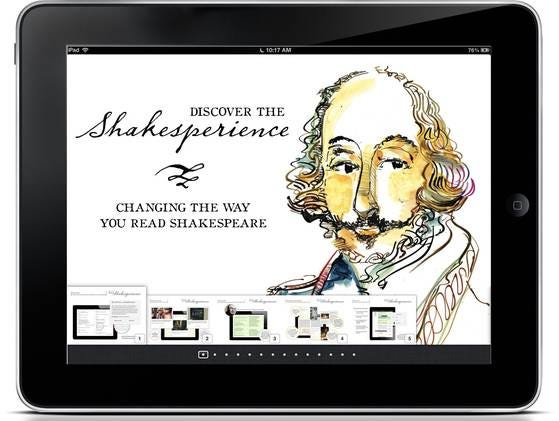We have waded deep into the waters of change at Mercy High School (Farmington Hills, MI,). We discontinued a 1:1 PC laptop program which yielded mixed results and little passion. Our new program called Mercy 2.0 brought major disruptions: 1:1 iPads, Google Apps, Apple TVs, new computer labs and more.
Despite challenges, Mercy 2.0 has been embraced with enthusiasm. Some of this success may be attributed to the following SCRIPTS for change:
Seek input. Before embarking upon change we queried all stakeholders. Staff participated in detailed surveys about tech usage, and committees made up of varied personnel thrashed out issues. Focus groups were held for parents and students. Not only did the results of these inquiries provide valuable guidance, but the process itself conveyed an openness and inclusion.
Create excitement. iPad and Google “stars” were brought in to demonstrate techie razzle dazzle. We held fun open houses for students and parents. In short, we worked hard to create a buzz. Before long “stars” of our own were demonstrating some cool features of the apps and devices that fit perfectly into our instructional program.
 |
| Creative Commons Photo by Himalayan Trails |
Require basic implementation. We decided it was necessary to make everyone accountable for mastering basic practices such as using Dropbox, photo editing, setting up Google Calendars and creating iPad documents. No more urging, scolding, and begging resisters to make use of basic computing tools. This time around the rubber met the road.
Include everyone. The project was termed no less than “culture change” and everyone was asked to “buy in”. Even non-teachers were given iPads and training, thus Mercy 2.0 even appeared pervasive. We’ve reached out to parents with a variety of events, allowing them to interact with those of us most enthused about change.
Pool resources. Best practices were quickly identified. Staff trainers came forward to assist peers at drop-in summer “labs. We also reached critical mass for online staff forum, allowing staff to pose questions or share techie tips. We are now bringing students into this collaboration.
Transparency. Communication has been a critical element at every stage. We explained the rationale for decisions and acknowledged mistakes. We repeatedly asked for input and used it to change course at critical junctures. I’ve blogged continually through the process.
Support people. Long before the iPads physically arrived we plotted a multi-faceted professional development plan. This included after school workshops and orientations long before the new toys were deployed to the students. We held six drop-in labs and put our new staff through a three day “boot camp.” Of course our required in-service days were also utilized to train and entice. Most recently we have extended an enrichment program to students. They were invited to become “iWizards”, choosing their name and developing a service mission at an all day work shop.
Of course, I do not suppose that a set script would necessarily suit your school community, but I believe the elements identified here as SCRIPTS can help you effect positive change!






